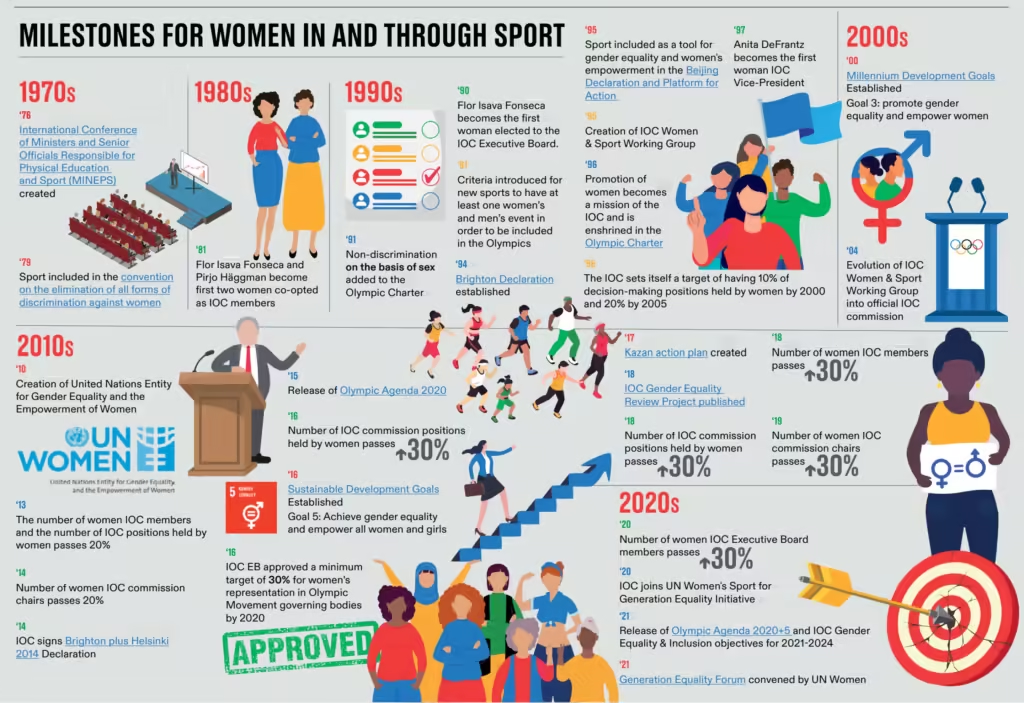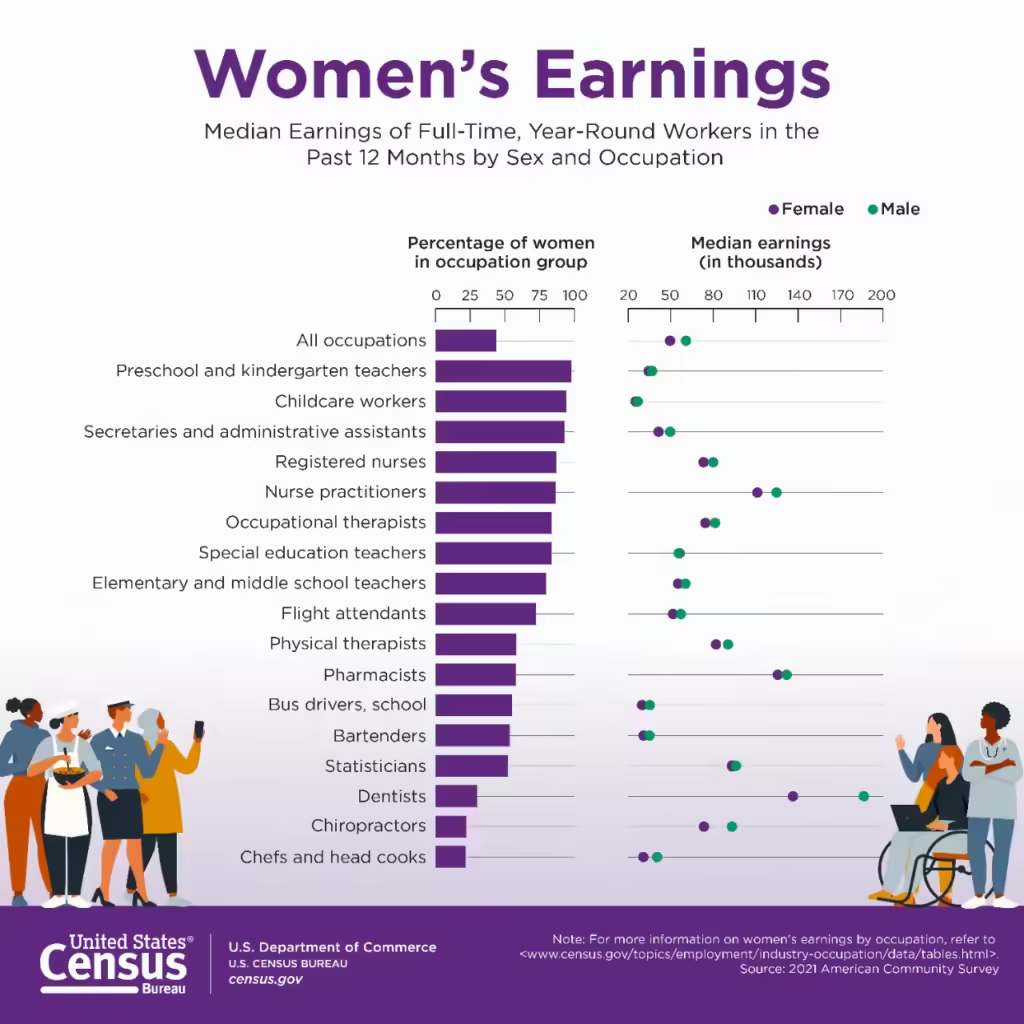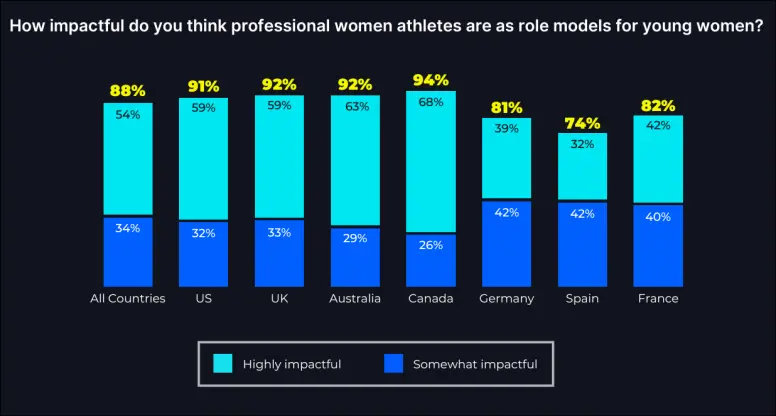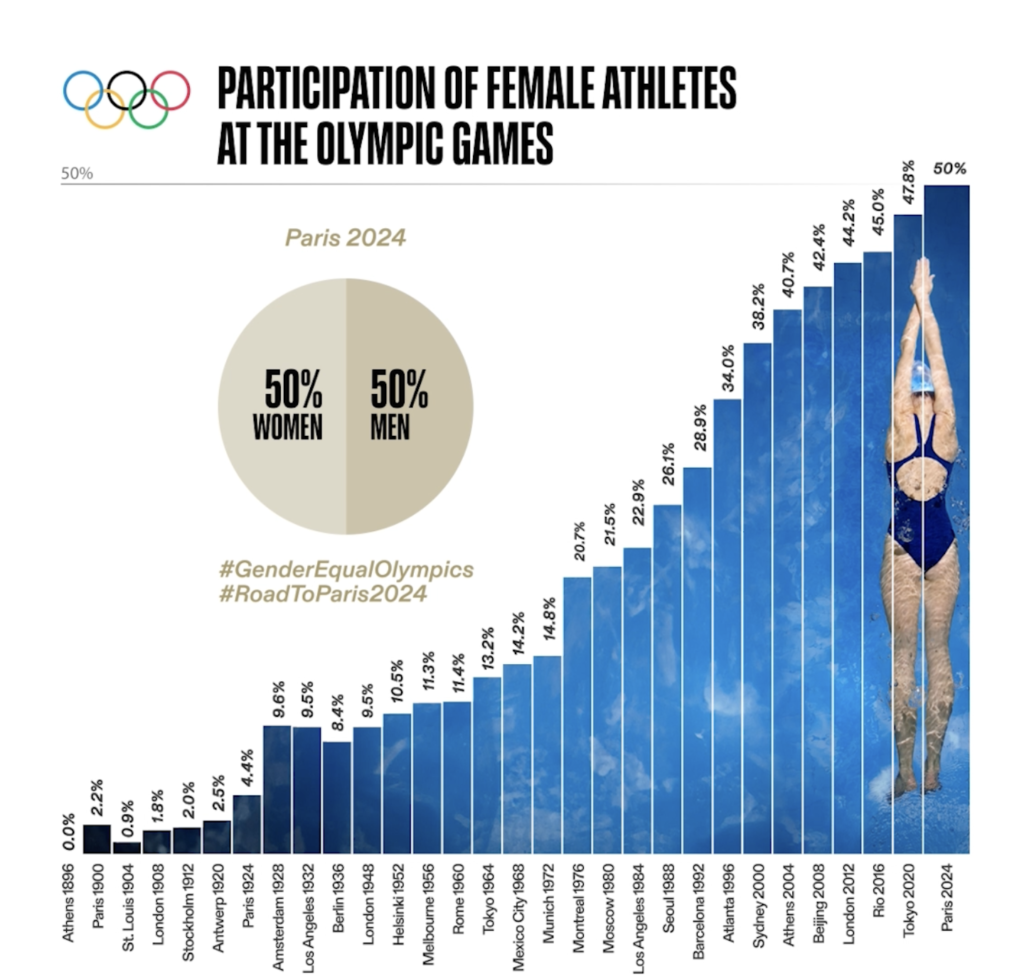Table of Contents
It’s International Equal Pay Day on the 18th of September. This day sneaks up on us every year, reminding us that—surprise!—women still aren’t paid the same as men for doing the same job. It’s 2024, folks, and while the world has given us flying drones, talking refrigerators, and self-driving cars, we’re still lagging in something as basic as equal pay. Crazy, right? But before you click away thinking, “Here we go again with the same old equal pay rant,” stay with me. This isn’t just another preachy article. No, this is about how deeply funny (and tragically infuriating) it is that despite all the progress, we’re still debating whether women deserve the same pay for the same work—or for their countless unpaid contributions.
Women’s Historical Struggles: A Marathon, Not a Sprint
Let’s go back in time a bit. For centuries, women have been the backbone of households and economies—often unpaid, underpaid, or completely overlooked. And while times have changed, that gender pay gap is still around 20% globally, and women working full-time are earning 15% less than men. Sure, there are laws, but legal frameworks often feel like that one coworker who promises to “circle back” on an email and never does.

Take India, for example. The Equal Remuneration Act (1976) was supposed to fix pay disparities. Yet, nearly half a century later, Indian women earn only Rs 40 for every Rs 100 earned by men. This stark gap becomes even clearer when you realize that India ranks 129th out of 146 countries in the World Economic Forum’s Global Gender Gap Index. In fact, India’s economic gender parity sits at just 39.8%, a notable decline from 46% in 2012. Even with gradual improvement in closing 64.1% of its overall gender gap in 2024, the economic disparity between men and women remains glaring.
Jargon Junction:
Word: Economic Gender Parity
Sentence within blog: India’s economic gender parity sits at just 39.8%, a notable decline from 46% in 2012.
What it actually is: How equally men and women are treated when it comes to money and jobs. The higher the percentage, the more equal the treatment.
And the issue doesn’t stop at India’s borders. Countries like Bangladesh and Pakistan exhibit even more alarming levels of economic disparity, with gender parity levels at 31.1% and 36%, respectively. In South Asia, Pakistan performed the worst overall, while Bangladesh, Nepal, Sri Lanka, and Bhutan managed to surpass India in the rankings. But here’s the kicker: countries like Liberia and Botswana boast economic gender parity of over 85%, largely due to high female labor force participation rates exceeding 95%. These examples show that progress is possible—but for many countries, it remains elusive.
The motherhood penalty is another bitter pill. When women have kids, they often return to work to find that their paychecks don’t reflect the time and effort they’ve invested. In the UK, 70% of mothers reduce their working hours, compared to just 11% of fathers. In Australia, it’s 56% of mothers versus 19% of fathers. And in France, 55% of mothers scale back on work compared to a mere 13% of fathers. Meanwhile, dads often get a pat on the back just for showing up to work with a coffee stain on their shirt. That motherhood pay penalty is real, and the impact is devastating.
Jargon Junction:
Word: Motherhood penalty
Sentence within blog: The motherhood penalty plays a significant role in widening this gap.
What it actually is: The drop in salary or career opportunities that many women face after having kids. It’s like paying a “price” for becoming a mom.
The Unpaid, The Underpaid, and the Ignored
Now, let’s talk about the real heroes of society—the women holding up the sky. From teachers molding future leaders like Sundar Pichai and nurses holding healthcare together at the seams, women do the jobs that keep the world spinning. And yet, they’re still paid less. Did you know primary school teachers earn 20% less than the average graduate job? Oh, and nurses earn less than police officers. Because, clearly, nurturing and saving lives is nowhere near as important as catching speeding drivers or busting jaywalkers.
In the US, 80% of teachers, nurses, secretaries, and health workers are women, and surprise, surprise, these are some of the lowest-paid professions. Meanwhile, men occupy most of the high-paying executive positions. Across Britain, France, and Germany, 80-90% of executive jobs are held by men. Apparently, women are too busy raising future leaders to break through those glass ceilings.

Take call centers in India, for instance. Women, working late shifts, balancing home and work life, are keeping the outsourcing industry afloat. But are they compensated for the emotional and physical toll of working odd hours while managing a family? Of course not. Then there’s healthcare and education, globally dominated by women, yet these sectors pay some of the lowest wages. This isn’t just a local issue. It’s global.

Professional women athletes, another powerful force, play a crucial role as role models for young women. Across all countries, 88% of people believe that professional women athletes are impactful role models. In Canada, that number jumps to a staggering 94%, with 68% saying they are highly impactful. Even in countries like Germany and Spain, where gender equality in sports lags, the majority still believe these women are key role models, at 81% and 74%, respectively. The message is clear: women athletes inspire, motivate, and show that success is gender-neutral—now if only their paychecks reflected that.
Different Pay Gaps, Same Story
Let’s zoom out and look at how the pay gap has affected different generations.
Baby Boomers: These women fought for the right to enter the workforce, often becoming the first (and sometimes the only) woman in their industries. In post-independence India, women began to join the workforce in greater numbers, but many struggled to climb the corporate ladder. Today, many Baby Boomers are nearing retirement, yet the battle for equal pay continues. Wouldn’t it be so much cooler if we had senior citizen internships like in The Intern, where seasoned women bring their lifetime of experience back into the workplace, challenging both stereotypes and pay gaps? A win-win for wisdom and gender equity.
Gen X: The 1990s brought economic liberalization to India, but pay disparities persisted. Gen X women saw more job opportunities, but many were paid less than their male counterparts for the same roles. This was a time of significant growth for women in the workplace, but the glass ceiling remained firmly in place.
Millennials: Millennials entered a workforce where flexibility and career choices were broader, yet the gender pay gap persisted. In the gig economy, women often charge less for freelance work than men, even when performing the same tasks. Although more women are moving into traditionally male-dominated fields like engineering and technology, they’re still paid less than their male colleagues.
Gen Z and Gen Alpha: These generations are growing up in a world where gender equality is discussed more openly, but the reality still falls short. The World Economic Forum’s Global Gender Gap Report 2024 predicts that we are 134 years away from full gender parity. That’s five generations away if progress continues at its current pace. Gen Z and Gen Alpha are tech-savvy, socially conscious, and ambitious, but they will likely continue to face many of the same challenges unless systemic changes are made now.
Olympics: A Metaphor for Equality (With a Dash of Reality)
When we talk about gender equality in sports, the Olympic Games stand as a milestone of progress. More than a century after women first competed at the Paris 1900 Games, the Olympic Movement has steadily pushed toward gender parity. At the Tokyo 2020 Olympics, women accounted for nearly 48% of participants, making it the most gender-balanced Summer Games in history. The Paris 2024 Games was the first to achieve full gender parity, with equal representation of male and female athletes.

But the road to this milestone has been long. In the Atlanta 1996 Games, only 34% of the athletes were women. Since then, the International Olympic Committee (IOC) has taken steps to ensure greater inclusion. New mixed-gender events were introduced at Tokyo 2020, doubling the number compared to Rio 2016. In Beijing 2022, women made up 45% of athletes at the Winter Games, and new mixed-gender events were introduced to further promote gender diversity.
However, even though the Olympics may be moving toward gender equality on the field, the recognition, sponsorships, and pay for female athletes lag behind. Female athletes like PV Sindhu and Mary Kom have fought not just to win medals but to secure their place in a male-dominated sports world. The IOC has made strides in governance, with 50% male representation on its commissions and 41% female members in 2023, but the disparity in media attention and commercial opportunities between men’s and women’s sports is still stark.
What If Women Were Paid Equally?
Imagine a world where women are paid equally for all their contributions. The McKinsey Global Institute estimates that closing the gender pay gap could add $12 trillion to the global economy by 2025. In India, where economic parity is only 39.8%, the impact of equal pay could lift millions of families out of poverty.
It’s not just about the financial benefits. Equal pay would also shift power dynamics in homes and workplaces, creating more balanced relationships. In households, men would likely take on more caregiving and domestic responsibilities, freeing women to fully pursue their careers. More importantly, equal pay would challenge the deep-rooted societal norms that have long undervalued women’s contributions.
The global benefits would be far-reaching. More women in leadership positions, more diverse ideas shaping economies, and stronger, more resilient societies are just some of the outcomes we could expect from achieving pay parity. A world with equal pay would not only be a win for women—it would be a win for everyone.
We’re Getting There… Slowly
As we stand in 2024, the fight for equal pay remains critical. Iceland may top the Global Gender Gap Index, with Finland and Norway close behind, but for many countries—including India—the path to full gender parity is still fraught with challenges. The World Economic Forum estimates that it will take 134 years to achieve full gender parity at the current rate of progress.
Yet, despite these obstacles, there is hope. Programs like EPIC and the efforts of organizations such as the ILO and UN Women are pushing the world closer to equality. The question is not whether equal pay will be achieved, but when. And once women are finally compensated fairly for their work—paid and unpaid—the world will not only change, it will thrive.
Now, the conversation needs to continue. What are your thoughts on the gender pay gap? Share your comments below and let’s keep this dialogue going. Better yet, if you’ve got thoughts or experiences to share on gender equality, pay parity, or any other related topic, we want to hear from you. Send your pitches to [email protected].
Sources: Data and Insights have been collected and incorporated from the following resources:
1. Align Platform
2. Olympics Official Site – Gender Equality
3. Olympics Official Site – Gender Equality Through Time
4. ibanet.org
5. weforum.org
6. un.org
7. oecd.org
8. Unlocking-the-Benefits-of-Multigenerational-Workforces_Aug-2020.pdf (harvardbusiness.org)
9. Business Today